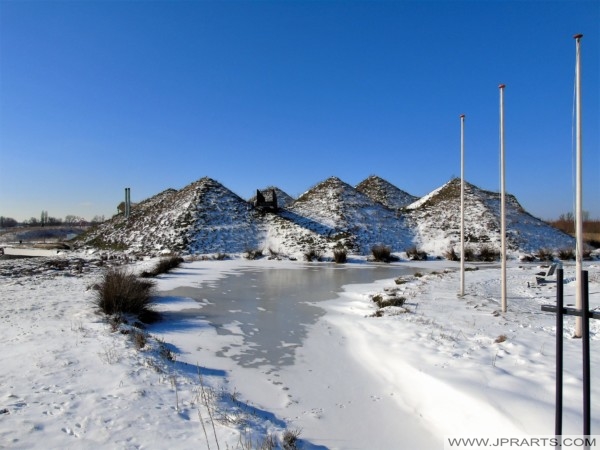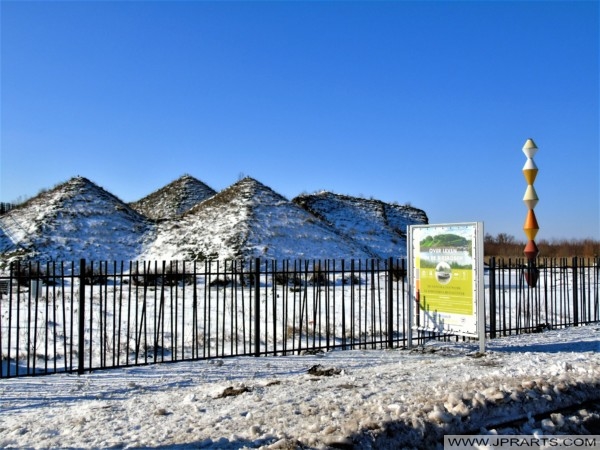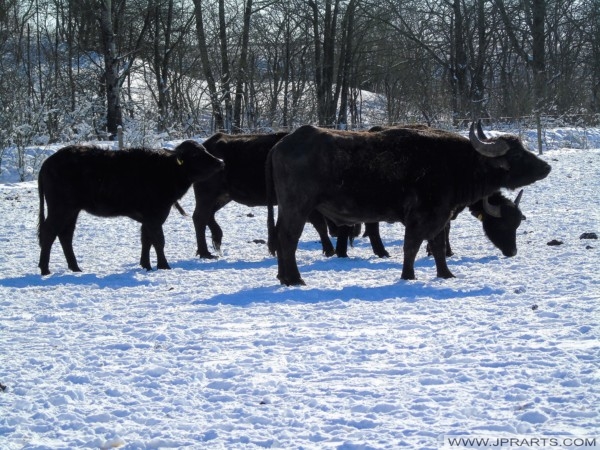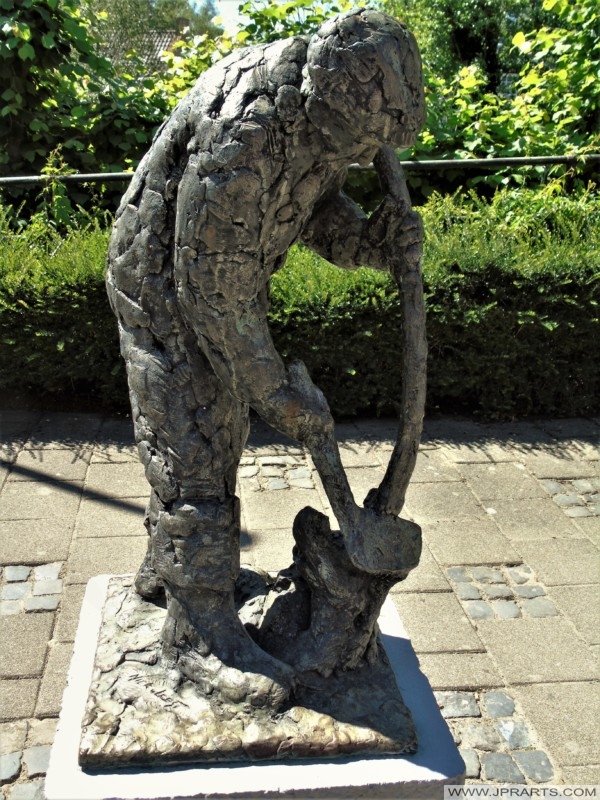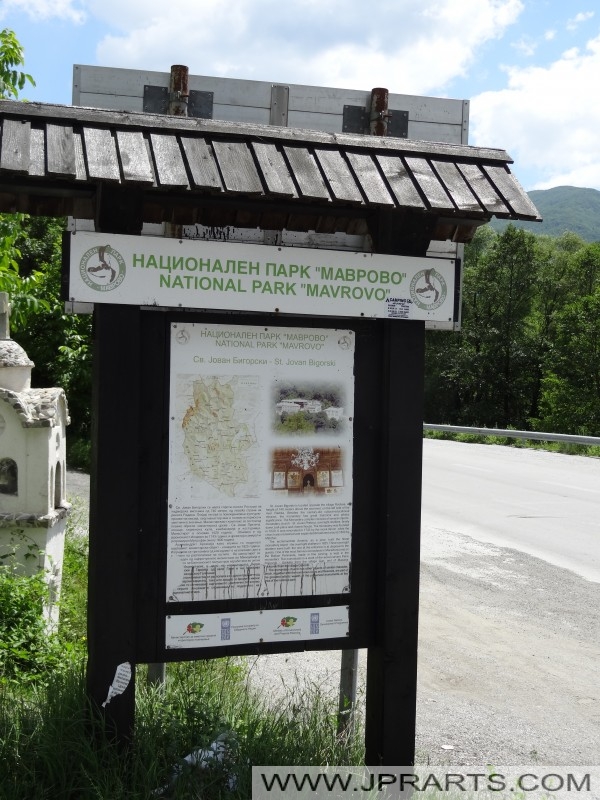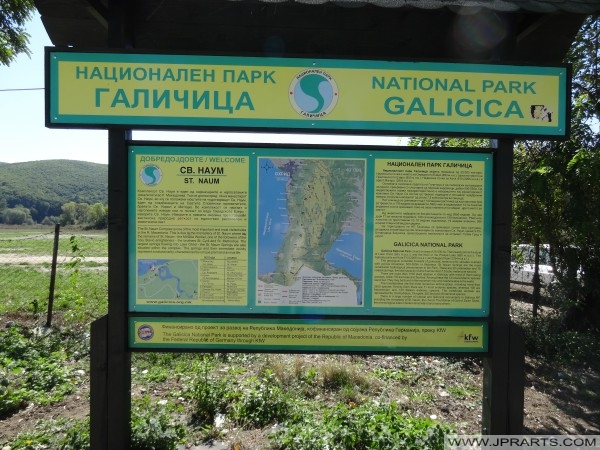De Biesbosch National Park is one of the largest national parks of the Netherlands and one of the last extensive areas of freshwater tidal wetlands in Northwestern Europe. The Biesbosch (‘forest of sedges’ or ‘rushwoods’) consists of a large network of rivers and smaller and larger creeks with islands. The vegetation is mostly willow forests, although wet grasslands and fields of reed are common as well. The Biesbosch is an important wetland area for waterfowl and has a rich flora and fauna. It is especially important for migrating geese.
De Biesbosch National Park in The Netherlands
Parque Nacional de Biesbosch en los Países Bajos
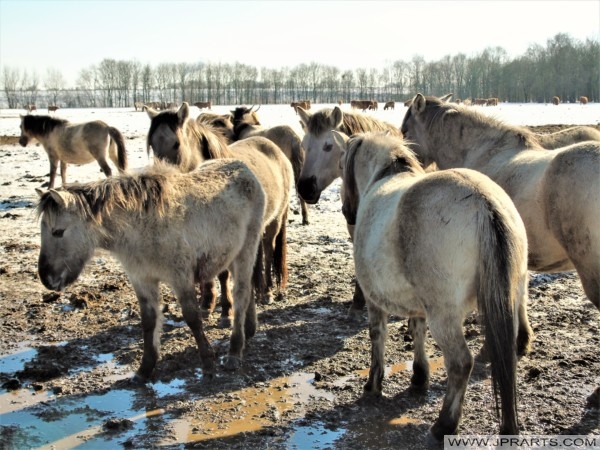
Nationalpark De Biesbosch in den Niederlanden
The Biesbosch National Park consists of the following major parts:
- Sliedrechtse Biesbosch
The most northern part of the Biesbosch. This is the part of the Biesbosch with the most significant tidal influence (one of the distinctive characteristics of the Biesbosch). The Sliedrechtse Biesbosch is named after the town of Sliedrecht, which was drowned during the creation of the Biesbosch and was later rebuilt on the other side of the river Beneden Merwede (one of the borders of the Biesbosch). The eastern part of the Sliedrechtse Biesbosch is one of the few areas in the Netherlands that has an intact system of river dunes.
- Hollandse Biesbosch
The westernmost part of the Biesbosch and the largest remnant of the (once much larger) South Hollandic part of the Biesbosch. The Hollandse Biesbosch is the part of the National Park best known for its birds.
- Brabantse Biesbosch (Zuidwaard)
荷兰德比斯博斯国家公园
Parc National De Biesbosch aux Pays-Bas
Национальный парк Де Бисбош в Нидерландах
The various moist and wet parts of the Biesbosch are host to many unusual plants and animals, such as diverse species of water, reed and meadow birds. Kingfishers and bluethroats are important nesting birds. Also great and little egrets are nearly everywhere. The abundant plant growth provides for a rich population of insects, with unusual beetles, dragonflies, crickets, moths and butterflies. The beaver is the figurehead of the Biesbosch. About 300 beavers live in over 100 lodges in the area. Beavers are herbivores and their preferred diet consists of tree bast, twigs and willows. The signs of their gnawing are visible throughout the area. The Biesbosch is also home to deer and foxes. Thanks to the increase in small mammals, the numerous geese, and the excellent fish stocks, more birds of prey, such as the osprey and white-tailed eagle have arrived in this area and also breed here.
Nationaal Park De Biesbosch in Nederland
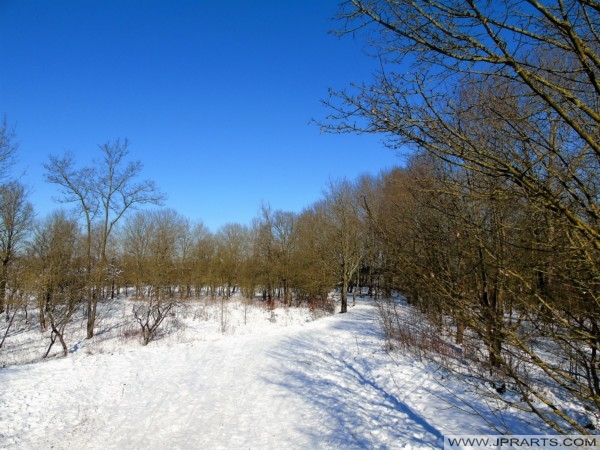
A common plant is the marsh marigold, which blooms in the spring. This member of the buttercup family has adapted to the tidal movements. In the willow forests you can find many plants such as stinging nettles, orange balsam, yellow iris, cow parsley, hogweed, enchanter’s nightshade and amaranths growing luxuriantly. The Himalayan Balsam provides a real jungle-like atmosphere. Its pink flowers have a characteristic sweet fragrance.
منتزه دي بيسبوش الوطني في هولندا
Park Narodowy De Biesbosch w Holandii
Taman Nasional De Biesbosch di Belanda
Visit Netherlands Travel to Book Flights and Hotels Cheap Online


